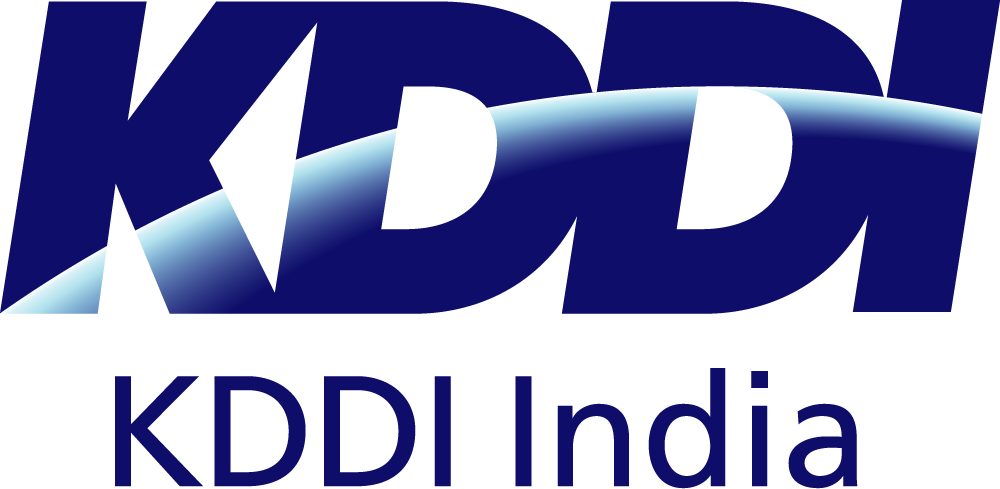One point to be cautious about with smart office transformation is security. While smart office transformation enables employees to work flexibly, the risks of information leaks and difficulty in detecting unauthorized entry into the office increase. In addition, while some countries have high standards and regulations for security, others apply more lenient standards, so when advancing smart office transformation, it may be insufficient to just comply with the regulations of each country. Countries with low security awareness tend to be easier targets for cyberattacks and hacking, so appropriate measures against security risks must also be considered.
Security risks also arise with the introduction of tools for smart office transformation. Adequate security measures must be taken when introducing tools.
One option is to adopt tools such as SaaS (Software as a Service), which do not require in-house security measures. If in-house security resources are limited, adopting SaaS can be beneficial. Additionally, if in-house security responses are not possible, consulting with companies that have specialized expertise is effective.
Even when using SaaS, it is necessary to take measures against the following security risks:
- When accessing SaaS from outside, is there risk of eavesdropping or peeking?
- Is there a risk of information leakage from the SaaS operator?
- Are there sufficient measures against targeted attacks, such as handling phishing emails?
































